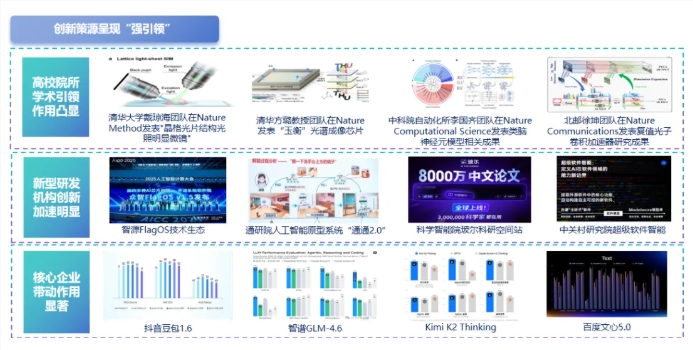Over the past two years, the wave of artificial intelligence has swept across the globe, from the natural language revolution brought by ChatGPT to the era where multimodal models can automatically generate images, videos, and audio.
Every enterprise and developer is trying to make AI a part of their productivity.
However, in practical implementation, we have encountered challenges that almost all professionals are facing:
Different manufacturers have varying model interface standards;
Cost structures are complex and fragmented;
Data security and compliance requirements are increasing;
Lack of a unified management layer for hybrid model calls.
These issues have left AI capabilities scattered in "islands."
Either enterprises integrate dozens of APIs themselves, or they can only rely on a single vendor, sacrificing flexibility and performance.

Official website: https://jmpb-szb.com/
💡 Our Insight: Make Intelligence Truly "Interconnected"
So we began to build a new underlying capability platform:
👉 Global AI Gateway
Our vision is very simple—
"Let developers and enterprises use one key to call AI models around the world."
You don't need to apply for different accounts, documentation, and billing methods for each model;
All major manufacturers' capabilities (such as OpenAI, Google, Anthropic, AWS, Azure, Baidu Wenshi, and iFlytek Spark) can be automatically scheduled under a single interface.
It's not just a simple aggregation, but an intelligent orchestration layer:
Here, multiple models can be collaboratively called, forming multimodal and multi-scenario intelligent workflows.
⚙ Technical Architecture: A Unified Ecosystem from the Bottom to the Application
The platform is structured into three layers:
1⃣ Bottom-layer Interfaces and Intelligent Scheduling Engine
Aggregates API interfaces from multiple providers, covering text, vision, speech, video, search, and code generation;
Includes an intelligent routing system that automatically selects the optimal model for tasks — for example, using Claude for reasoning tasks, GPT for creative tasks, and Gemini for retrieval tasks;
Supports three-dimensional weight adjustment for cost, performance, and latency;
Supports dynamic updates and version synchronization of models, without requiring developers to manually maintain them.
2⃣ Middle Layer: Unified Authentication and Multi-Tenant Management
A single Key binds all model permissions;
Unified billing system (multi-vendor Token converted into standard virtual quotas);
Visualized call monitoring platform: Track model performance, request latency, and call consumption;
Securely isolated multi-tenant architecture, supporting independent environments for enterprises and developers.
3⃣ Upper-layer Application Ecosystem and Industry Solutions
Intelligent SDKs and calling interfaces (compatible with Python, JS, Go, Java, etc.);
Supports industry plugins and private deployment;
Flexible task flow arrangement, such as a full chain of "document → dialogue → image generation → voice broadcast";
Provides scenario-based intelligent assistants for education, manufacturing, finance, media, and other industries.
🧩 Product Value: Balancing Efficiency, Cost, and Security
Efficiency improvement: Developers don't need to maintain multiple SDKs; they can complete all AI calls with just one interface;
Cost control: The system dynamically selects the most cost-effective model based on performance;
Security and compliance: All data can be stored in domestic cloud service nodes, complying with the Cybersecurity Law and the Personal Information Protection Law;
Scalability: Future integration of emerging models, voice systems, and video generation engines will enable models to evolve and grow with the times.
🌏 Application Scenario Examples
Content generation: GPT + SDXL collaboratively generate articles with images, supporting bilingual output;
Intelligent customer service: Semantic understanding handled by Claude, responses completed by a custom fine-tuned GPT model;
Educational evaluation: Real-time speech recognition by Whisper combined with a cloud-based essay correction model;







